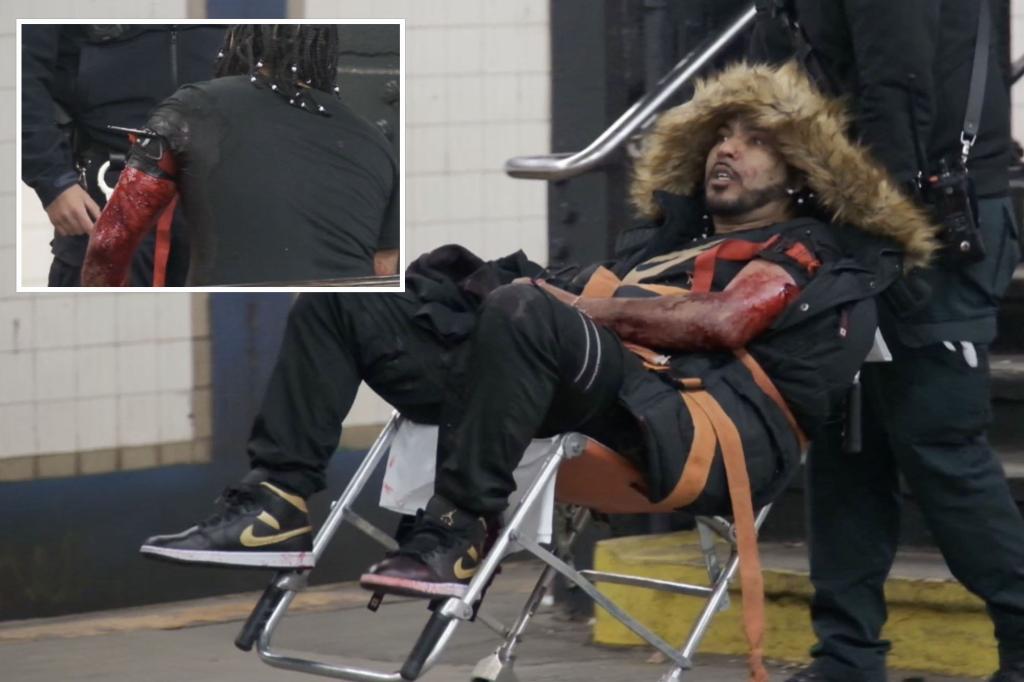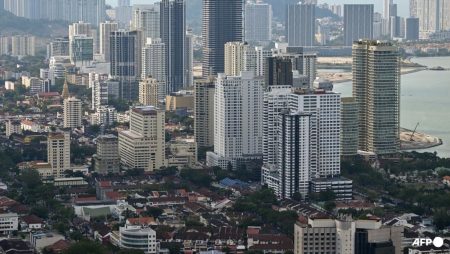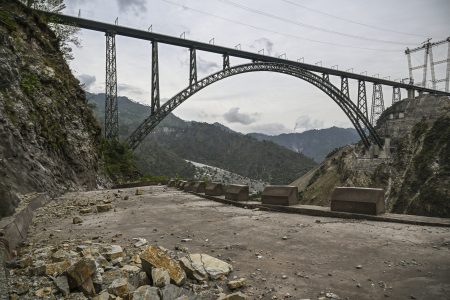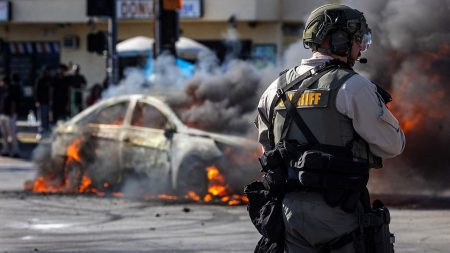The early Sunday morning stabbing incident at a Bronx subway station casts a stark light on the persistent issue of violence within New York City’s transit system, a problem that has seemingly intensified in recent days. The victim, a 38-year-old man, was attacked just before 4 a.m. inside the Third Avenue and 138th Street No. 6 express station in Mott Haven. Suffering a slash wound to his arm, the man was transported to a nearby hospital and is reported to be in stable condition. The assailant fled the scene and remains at large. While the motive for the attack and the relationship between the victim and the perpetrator are still unclear, the incident adds another layer of concern to the growing unease surrounding subway safety in the city. This recent act of violence comes on the heels of the implementation of congestion pricing, a move that is expected to drive more commuters towards public transportation, raising further concerns about the ability of the system to handle increased ridership while maintaining safety and security for all.
This latest stabbing is unfortunately not an isolated event but rather part of a disturbing trend of violence that has plagued the subway system in recent days. Just days prior, Debrina Kawam, a 57-year-old woman, tragically lost her life in a horrific arson attack at the Stillwell Avenue-Coney Island station in Brooklyn. The alleged perpetrator, Sebastian Zapeta-Calil, an undocumented immigrant, is currently in custody facing first-degree murder charges. This devastating incident shocked the city and underscored the vulnerability of commuters within the subway system. Following Kawam’s death, a series of attacks further intensified the anxiety surrounding subway safety. An MTA employee was stabbed on his way to work at the Pelham Parkway station in the Bronx, adding to the growing list of victims. Four other individuals were also slashed in separate incidents across the city, highlighting the seemingly random nature of these attacks and the pervasive sense of danger.
The string of attacks continued with a series of slashings over several days. A 52-year-old man was knifed in the arm at the Myrtle-Wyckoff L train station in Brooklyn, underscoring the geographical spread of these incidents. Another incident involved a 48-year-old man slashed in the neck at the West 50th Street and Eighth Avenue station in Manhattan, a busy hub within the system. Two more slashings occurred on New Year’s Day: a 30-year-old man was cut in the arm during an altercation at the 110th Street-Cathedral Parkway station, and just 15 minutes later, a 31-year-old man was stabbed in the back at the 14th Street station, both in Manhattan. These incidents paint a chilling picture of the potential dangers lurking within the subway system, creating an atmosphere of fear and uncertainty for commuters.
The seemingly random nature of these attacks is further emphasized by the case of Joseph Lynskey, a 45-year-old music programmer who was shoved onto the tracks in front of an oncoming No. 1 train in Manhattan. Miraculously, Lynskey survived the incident, but his experience serves as a stark reminder of the unpredictable and potentially fatal threats faced by subway riders. This incident, along with the others, raises serious questions about the effectiveness of safety measures within the transit system and the ability of authorities to prevent such attacks.
The escalating violence has prompted a renewed response from the Guardian Angels, a volunteer citizen patrol group known for its presence in the subways during periods of heightened crime. The organization has resumed patrols at levels not seen since their inception in the late 1970s, signifying the gravity of the current situation. The return of the Guardian Angels reflects a growing concern among New Yorkers about the safety of the subway system and a perceived lack of adequate protection from official channels. Their presence underscores the urgent need for effective solutions to address the rising tide of violence and restore a sense of security for commuters.
The recent surge in subway violence, punctuated by the Bronx stabbing, is a complex issue with multiple contributing factors. While the specific motivations behind each attack vary, underlying societal issues such as mental health, homelessness, and substance abuse likely play a role. The increasing density of the subway system, particularly with the advent of congestion pricing, may also exacerbate existing tensions and create opportunities for conflict. Addressing this multifaceted problem requires a comprehensive approach that includes increased police presence, improved mental health services, and social support programs that address the root causes of violence. Furthermore, enhancing security measures within the subway system, such as improved lighting, surveillance cameras, and emergency response systems, could help deter crime and provide a greater sense of safety for passengers. Ultimately, restoring public confidence in the subway’s safety requires a concerted effort from all stakeholders, including law enforcement, transit authorities, and social service organizations, to create a safer and more secure environment for all who rely on this vital mode of transportation.










